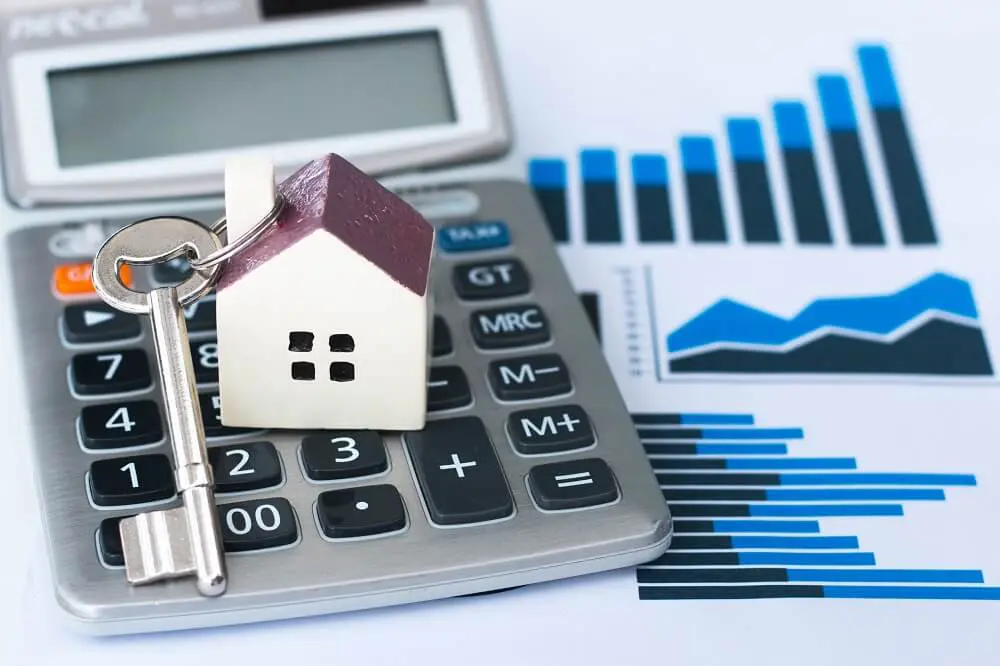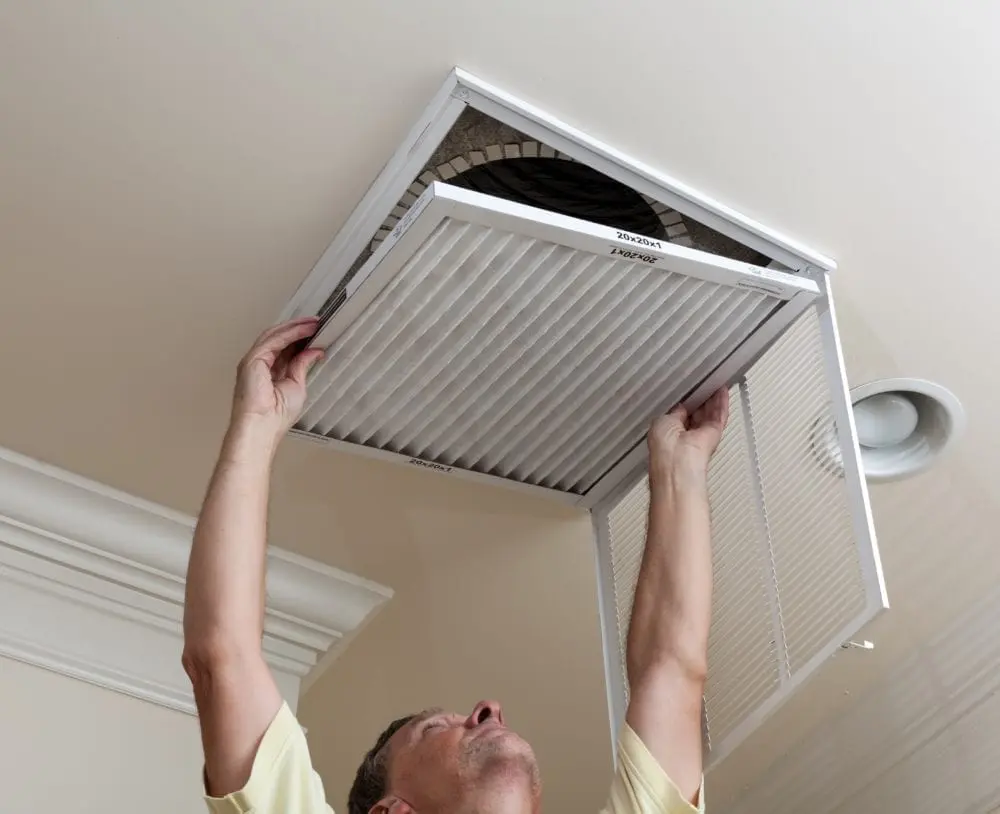
If you dream of a newly built home, but think they aren’t affordable, it’s time to take a fresh look at new construction homes. Due to a combination of factors like the housing crash of the mid-2000s, a trend toward eco-conscious construction and a demand from both baby boomers and millennials for more modest-sized homes, newly constructed homes are more affordable than ever.
A New Home for All Budgets
There’s a misconception that all new homes have to be huge, expensive, 3,000-plus-square-foot single-family mansions. While that may have been true of the building boom of the 1990s and early 2000s, it is no longer the case. The tide has turned partly due to buyer demand and partly due to land and construction costs. It’s simply not profitable for builders to focus all of their resources on constructing large single-family homes, and many builders have expanded their portfolios to include smaller homes:
“We know that people want affordability and that they’re trying to work within their personal budget, but everybody likes nice things,” said Brent Landry, division president at PulteGroup in the Greater Atlanta area. “We believe things can be elegant and affordable.”
This approach puts newly constructed homes well within the reach of first-time buyers and buyers who want new construction but have always been leery of the high price tags.
Not Your Grandparents’ Home
Although new homes may be as small as 1,200 square feet, they don’t feel small or cramped. That’s all down to design. Home design has evolved over the last 50 to 60 years from when blocky, segregated floor plans were the norm. Every decade seems to have its own home style from the cookie-cutter “Levittowns” of the 1940s and ’50s to the utilitarian Cape Cods, raised ranches and split-levels of the ’60s, ’70s and ’80s to the McMansions that defined the 1990s and early 2000s.
Today’s style is all about maximizing space and open plan designs. These open floor plans are the primary reason why a well-designed 1,600- or 1,700-square-foot home feels so much bigger than a similarly sized home built in the 1960s. It also results in a more functional home.
“The overarching theme is a very efficient design, no wasted space,”said Lawrence Dean, Houston regional director of Metrostudy. “A lot of the old suburban tropes of having a formal dining and living room, that’s all gone because people don’t use those. Pulling those out maximizes livability in a more compact package.”
In other words, today’s new home designs are nothing like the designs of the smaller homes you may remember from your youth. These floor plans maximize space to meet modern needs while minimizing the cost of a new home.
Small Design, Smart Investment
In many respects, newly constructed homes that are under 2,500 square feet are a smarter investment than existing homes of similar size. You can find a home that is designed for modern life, has all new appliances and interiors and still meets your price point.
When you add in builder incentives and the fact that your new home will likely be more energy-efficient and won’t need any repairs or replacement for years, buying new makes even more sense.
Let’s take a look at all of the other ways that smaller new homes make more sense than their larger competition:
Less Expensive Overall
Not only is your purchase price lower, but all of the associated costs are lower too — homeowners insurance, taxes, heating and cooling costs, utilities, etc. When the time comes to replace the roof, siding or HVAC system, the cost will be less than for a bigger house.
Easier to Care For
A smaller home means less time spent cleaning, maintaining, decorating and organizing. You’re also far less likely to over-consume. There’s a tendency for people to fill the amount of space they have; a smaller space means less stuff.
More Time for Other Pursuits
Hand in hand with easier to care for is having more time to focus on the rest of your life. Hobbies, family, downtime — there are plenty of choices when you’re not constantly caring for your home. This can be incredibly mentally freeing.
Less Risk
A smaller home means a smaller mortgage, which means less financial risk to the buyer. Smaller homes are more affordable up front and home values are more resistant to dips in the housing market.
Easier to Sell
Smaller, more affordable homes will always be in demand and there will always be a bigger market for them than for larger homes. There’s simply more people to sell to. That means you face less risk of being unable to sell your home when the time comes. In the meantime, you’ll enjoy lower mortgage payments!
Environmental Benefits
A smaller house has a smaller physical footprint and a smaller carbon footprint, as well. You won’t be using as many resources to build the home, or to heat it and cool it.
Supports Family Bonding
Families tend to spread out in big houses. “Space for everyone” is actually one of the biggest selling points for a bigger home. But all of that privacy comes at a cost as families end up disconnecting from one another. Smaller new home designs make it possible for everyone to have privacy but still maintain social interaction with one another.
Is a (smaller) new home in your future? Visit NewHomeSource to browse new construction homes in your area!

Liyya Hassanali is a Project Manager and Content Strategist for Kinship Design Marketing, a boutique agency that provides marketing strategies and content for architects, interior designers, and landscape designers. She is a 15+ year veteran of the marketing and advertising industry, working closely with her clients to provide written content that meets their marketing goals and gets results.
Liyya is passionate about home design and décor and is a confessed HGTV and Pinterest addict. When not providing content writing services for her clients, she can be found browsing home décor sites or spending time with her family.
 New Home, New Appliances
New Home, New Appliances